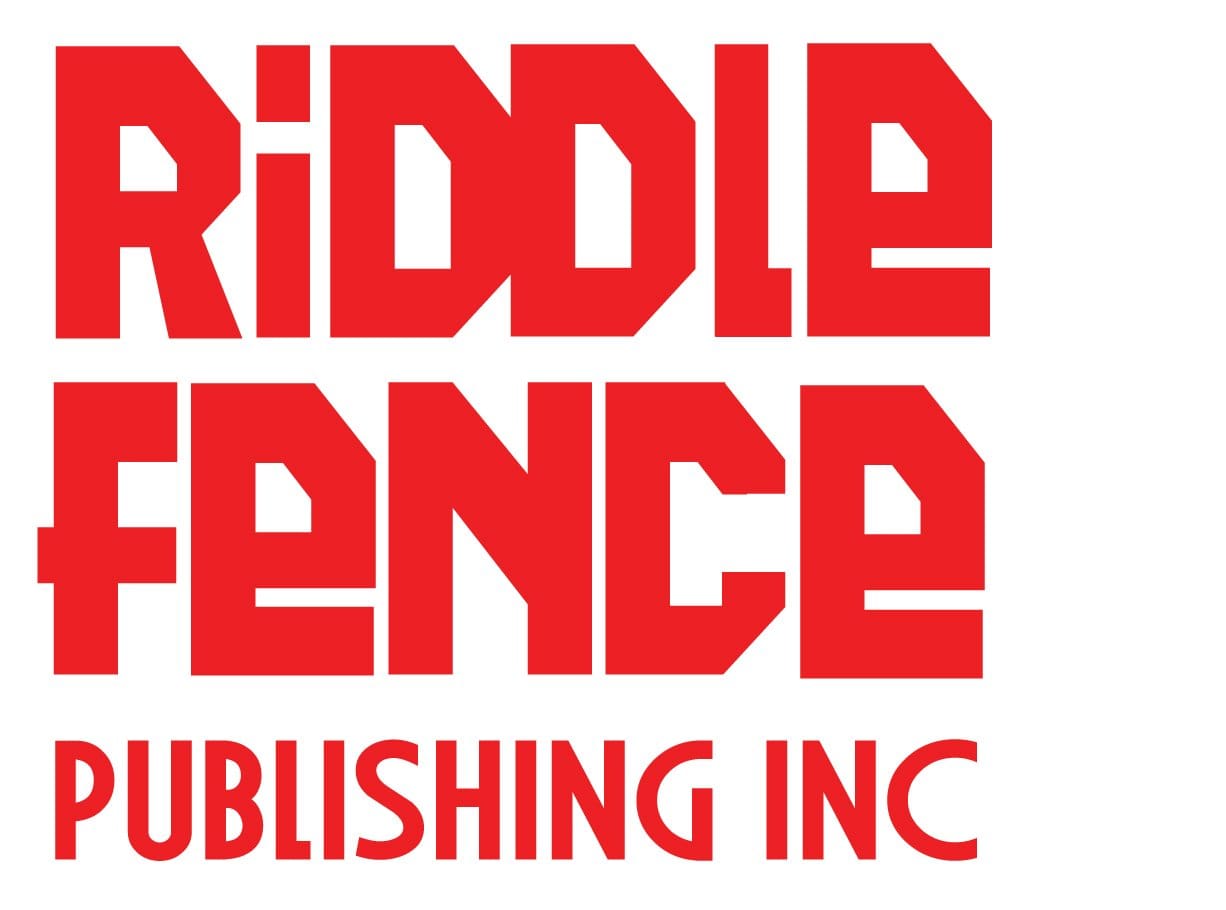this is how we can visit
this is how we can visit
Megan Samms and Kristin Pope
A response by Xavier Micheal Campbell
Presented by Spirit Song Festival and Eastern Edge
Catch it quick! The show ends on December 9th, 2023
This, you gotta visit!
Megan Samms and Kristin Pope’s art exhibit, this is how we can visit, is at Eastern Edge Gallery until December 9, 2023. It is a powerful example of intergenerational collaboration that you must check out.
When you walk into the main gallery at Eastern Edge, you’ll be greeted by five exquisite photographs by Kristin Pope hung on stark white walls. Installed in the centre of the room are two stunning curtain panels. One was woven by Megan’s great-great-grandmother, Mary Jane Hall and the other was woven by the artist Megan Samms as a response-based partner curtain at the Icelandic Textile Centre.
The two woven curtain panels in the center of the room pull you into the present and drag you to the past in one breath. When confronted by the two pieces from a distance, they seem identical because, as Megan states, “a curtain is usually one to a pair.” But as you inch closer and engage the hanging panels, you are struck by their differences. Together they hold much care, respect, and many histories. This collaboration between Megan and Mary Jane Hall is humbling. You can feel the transmission and reception of unconditional love. You can see the care, intergenerational knowledge, reconciliation, and acceptance bursting from this provoking juxtaposition of panels. Megan has made this a tangible experience.
Pope’s five photographs show the two curtain panels in various intimate settings. The curtains are displayed in both Megan’s and Megan’s parents’ current homes in two photographs. In the only photograph hung by itself, the curtains are shown in the beginning stage of the ruins of Megan’s grandparents’ home, where the curtains stand out against the tortured beauty of destruction. Nature plays a vital role in the last two photographs of the curtain panels as they take on a commanding presence amongst more far-gone ruins, goldenrod plants, and the ocean. The two photographs where the curtains reign among the goldenrod and ruins face the two photographs where the curtains are in homes currently lived in breathing, standing structures. The astounding power of this duality must be felt in person. The composition of the exhibit made me think of how we bond our stories in the present with our families’ histories, preserving this love for the next generation. I was moved to see how this is how we can visit embodies the unbreakable connection of family.
Seeing this exhibit took me to a time when doilies covered all the surfaces in my childhood home. The exhibit made me think of my grandmother and my mother. It made me want to pick up a crochet needle, but I don’t own one. It made me want to talk to my mom about our history, about crocheting, and how to start. Growing up, there was an abundance of books and crochet patterns around my house. Crochet needles hooked into yarn were perched on chairs to reserve spots for the crocheters. There was always a ball of crochet yarn I had to be careful not to step on. I cherish these memories. To be honest, I thought most of the doilies in my childhood home were made by my grandmother, as my mother worked so much. But after seeing this is how we could visit, which elicited the urge to talk to my mother, I know now that she was the master crocheter. She crocheted our tablecloths. She made clothes, hats, and the list goes on. From our chat, I now know the store she likes to get her yarn from has moved and is too far from her apartment; she hasn’t been crocheting much lately. Learning from her as she restarts a long-held passion sounds great to me, so I think I will order us both some crochet yarn and find myself a crochet needle. Another chat with my mother is another chance to say an “I love you” and hear her declaration of unconditional love with the predictable response of, “I love you more.”
I’m not saying that Megan Samms and Kristin Pope’s exhibit, this is how we can visit, will have you learning a new skill or calling your mother. But I am saying you should go and see it for yourself because you will be moved, and I want that for everyone. The exhibit runs until December 9 at Eastern Edge Gallery.
And that is how you can visit.
Born and raised in Jamaica, Xaiver has considered Newfoundland and Labrador home for over a decade. Xaiver feels that living in Jamaica, prepared him for life on the Rock. Minus the snow, sleet and lack of sun – the people are equally warm and friendly.
His short fiction has been published in literary journals and several anthologies. His second play, “One Name” was produced by Halifax Theatre for Young People. Xaiver’s non-fiction work concerns the lives of enslaved and freed Black people in early Newfoundland settlements. His first non-fiction book, Black Harbour, co-authored with Heather Barrett was published in Fall 2023 by Boulder Books.
